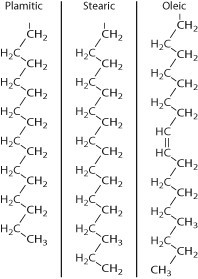Which of the following is correct about the evolutionary relationships among the three domains?
A. Archaea and bacteria are more closely related to each other than to eukaryotes.
B. Archaea and eukaryotes are more closely related to each other than to bacteria.
C. Eukaryotes and bacteria are more closely related to each other than to archaea.
D. They are equally distant from each other.
Answer: B
You might also like to view...
Microbes that enter the digestive system may be
killed by a. lysozyme. b. hydrochloric acid. c. protein-digesting enzymes. d. bile salts. e. any of these.
The salinity of a small inland lake has recently started to increase. Researchers are planning to study the lake over several decades to investigate how freshwater organisms survive significant changes in their natural habitat. Which of the following physiological mechanisms will the researchers most likely observe among the surviving organisms in the lake?
(A) Prokaryotic organisms will use various mechanisms to counteract swelling of cells as a result of increased water uptake. (B) Single-celled organisms will use various mechanisms to counteract the increased flow of water from cells to the environment. (C) Eukaryotic organisms will use various mechanisms to counteract the diffusion of positively charged ions across the cell membrane. (D) Multicellular organisms will use various mechanisms to counteract the loss of cell adhesion as a result of calcium deficiencies.
Many viruses enter cells through receptor mediated endocytosis. Which of the following strategies could be affective in blocking entry of this class of viruses into cells and could be used to treat viral infections?
A.) increase the activity of clathrin B.) block the actin filaments C.) block the receptor with the antibody D.) block the function of adaptin
Following are the structures of three fatty acids: palmitic acid, stearic acid, and oleic acid. What combination of these fatty acids could you use to make a fat that is liquid at room temperature?

A) one palmitic acid, one stearic acid, and one oleic acid
B) three palmitic acids
C) two palmitic acids and one stearic acid
D) one stearic acid, one oleic acid, and one phosphate group